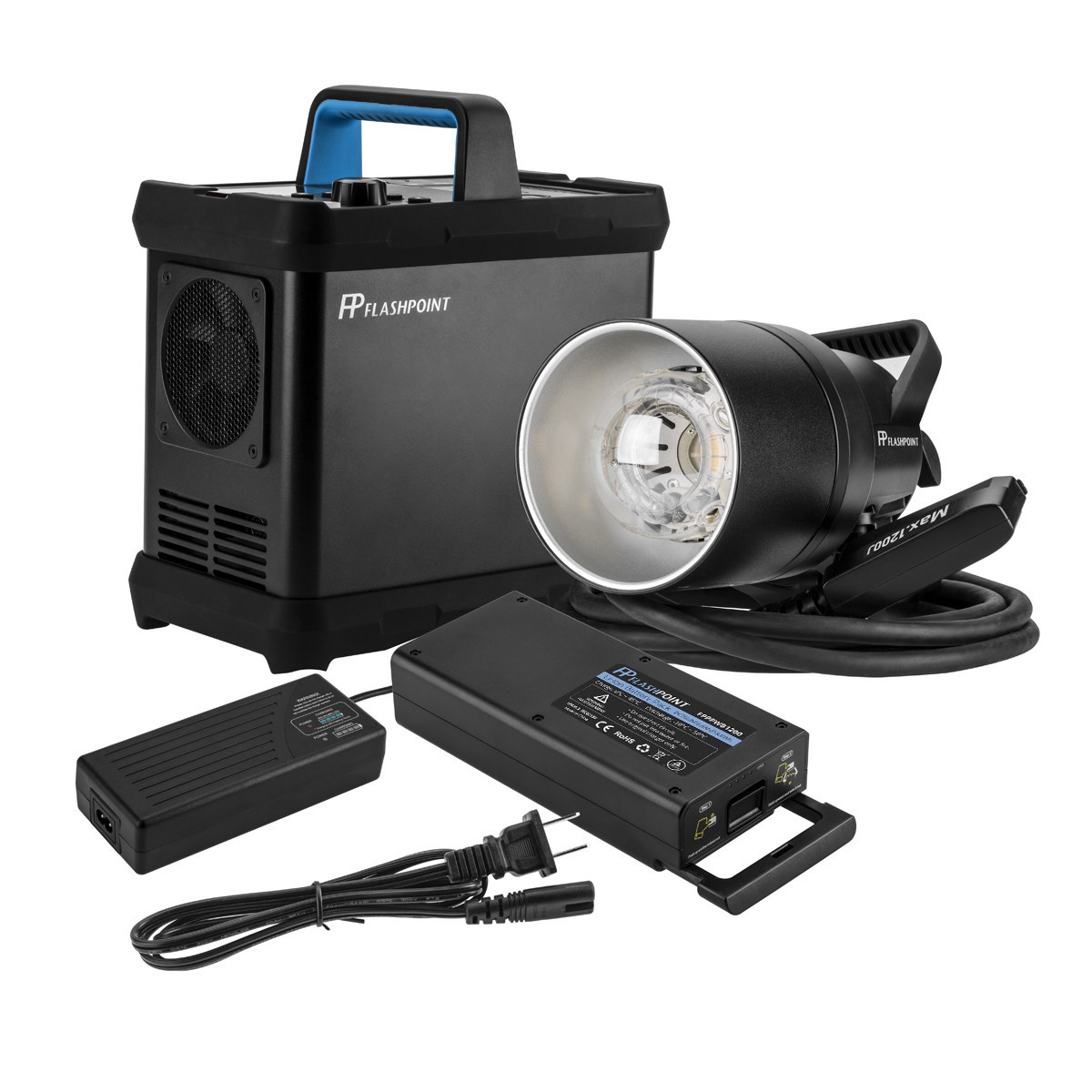What to Consider When Building a Food Manufacturing Facility

Building a large manufacturing plant takes a lot of time and preparation. Anything that large that needs to hold several pieces of heavy machinery necessitates a carefully thought-out plan before breaking ground. Check out this guide on what to consider when building a food manufacturing facility.
The Amount Space Required
Many manufacturing plants rely on the space they have to properly produce their products, yet one of the leading issues in the manufacturing industry is a lack of space. When building a brand-new facility, companies should keep in mind more than just what they need to produce their current volume of product. They also must consider what they will need in the future as the brand continues to grow. Companies should think about the projected growth over the next decade and plan for that amount of space. Building a new manufacturing plant is a big financial commitment, and the company most likely wants to stay in that location for a considerable amount of time before outgrowing it. In the meantime, the extra space will be useful for storage, equipment repair, and training space.
The Unique Demands of the Space
A food manufacturing plant will need to be able to comply with special environmental demands and circumstances that other plants wouldn’t require. The facility aims to work with food, so it should be sterile and easy to clean quickly. Building materials are another thing designers need to consider when building a food manufacturing facility. Food manufacturing facilities tend to have more moisture in the air and are more prone to corrosion, so they’ll need to use corrosion-resistant metals for building materials and machinery, such as a metal alloy. There are a lot of benefits to using metal alloys over pure metals—especially for a facility that requires superior resistance to corrosion.
Space for Sanitation
Working with food requires a higher level of sanitation than most facilities need. Most food manufacturing facilities provide a space for workers to sanitize themselves before entering the areas with products in them. Building in a space like this is crucial to maintaining the integrity of your products and the safety of your workers. Ideally, this space should be near the entrance points of the facility and away from areas with food products.





